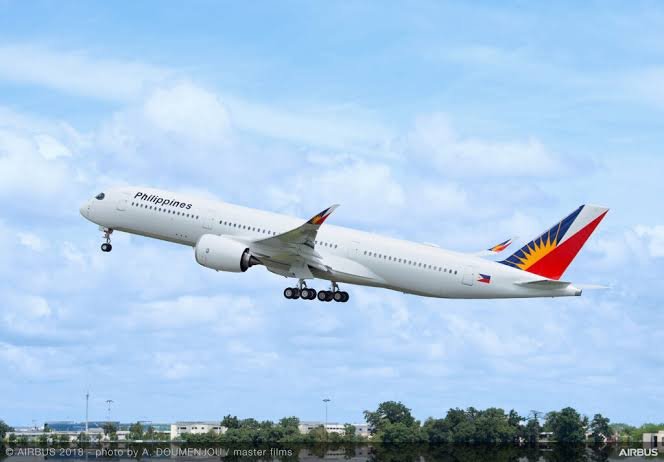America: PontaSud – Chiquera Swanepoel

Starting October 1, Air India will operate direct flights between Delhi and Manila five days a week. This makes it the only airline offering non-stop service between India and the Philippines.
For Indian travelers, it opens up the Philippines as a more viable destination at a time when Southeast Asia is becoming more competitive and accessible.
Last month, the Philippines introduced visa-free entry for Indian tourists for up to 14 days.
Air India’s route is also about economics. Bilateral trade between India and the Philippines reached $3.53 billion in 2023-24, nearly double the figure from 2015-16. As companies look for new markets, direct connectivity becomes a logistical asset.
Campbell Wilson, Air India’s CEO and managing director, said: “The introduction of our Delhi-Manila route is yet another step in our mission to connect India with more of the world, non-stop. As outbound travel from India grows at an unprecedented pace… the new entry rules for Indian tourists are a shot in the arm to boost tourism to the Philippines.”
Air India said the route would also create one-stop access to Manila for passengers from Europe and the Gulf via Delhi, expanding the Philippines’ visibility on wider travel itineraries.
The Philippines is trying to balance its inbound tourism portfolio. It saw a steep decline in Chinese tourist arrivals post-Covid. Against a target of 2 million Chinese visitors in 2024, only 300,000 came. The shortfall was stark.
India has emerged as a clear focus. With an expanding middle class, strong outbound travel growth, and a reputation for higher spending tourists, Indian travelers fit the bill.
Frasco explained that this move is about sustainability and quality: “The plan is to woo quality travelers who respect sustainability efforts and benefit the country through high tourism spending and repeat visits.”
The government is also marketing the country as a wedding and meetings, incentives, conferences and exhibitions (MICE) destination for the Indian market. This includes infrastructure improvements, Muslim-friendly tourism options, and better Wi-Fi across more than 90 destinations.





